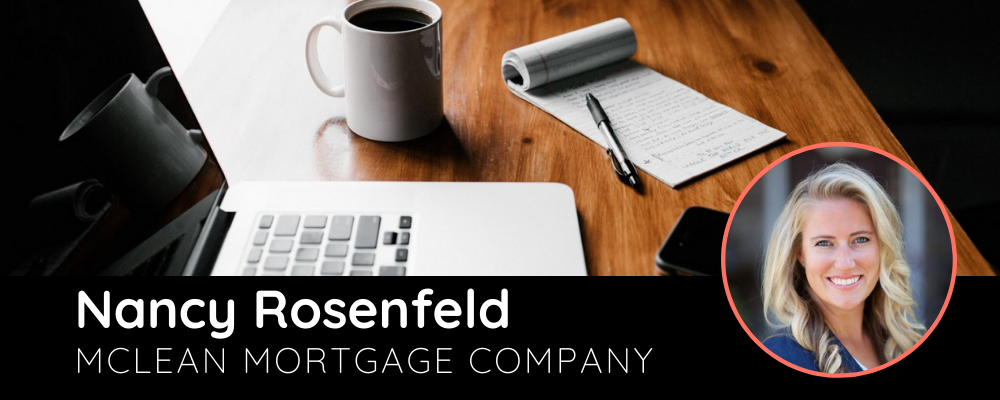Self-Employed? Here’s How to Finance Your Custom Home
What’s the best way to obtain a home loan when you’re your own boss?
The last year has drastically changed the workforce and even the way many Americans see their career journeys. With freelancing, one-person businesses and startup cofounders growing more common by the day, it’s no surprise that an increasingly common question during the mortgage process is: how do I obtain financing if I’m self-employed?
Unfortunately, the process of attaining construction and home loans does become more complicated for those without traditional W-2s. However, there are a few tips and elements to keep in mind to help with planning ahead. Financing expert and Atmos Preferred Lender, Nancy Rosenfeld of McLean Mortgage Company, sheds light on the steps and key considerations.
What are some of the challenges self-employed people experience when trying to get a home loan?
To start, only folks that can show at least a two-year history of filed tax returns with their self-employed income are going to be able to count that toward their home loan. So that disqualifies many people who are new to being self-employed and don’t have that to show yet.
Another tough aspect is in the way taxes are filed. Many people file their taxes in a way that allows them to pay the least amount possible to the government. When you’re self-employed, you track business expenses and deductions to ensure you’re not overpaying to run your business.
The rough part is, you can only qualify for loans based on the amount of income you pay taxes on, plus some allowable add backs. So when small businesses subtract out expenses and save themselves some tax dollars, on paper they appear to have a smaller income. That can impact how large a loan you qualify for.
How can self-employed hopeful buyers best prepare for their loan applications?
Work with an accountant to be thorough on reporting income. It can feel like a double-edged sword to show your full income since you pay more taxes, but that reported income is the only means we have to qualify you for a mortgage.
We as mortgage lenders cannot give any advice on how to file taxes. It’s still a good idea to talk with a lender to plan in advance and know how much income would be required in order to qualify for the home you want.
Be prepared to provide more documentation than someone with W-2s would. In addition to tax returns, that can include documents like bank statements and profit and loss statements. We also require proof that the business is still in good standing, so it’s helpful to get a clear view of what that will look like.
Take a look at the market and backwards plan to set goals in your business and for your personal savings. That two-year documentation requirement can feel tough, but it’s a great time to boost that savings account in order to put the required 5% down for a conforming (a loan amount of $548,250 or less) construction-to-perm loan.
Are there any other large differences once self-employed buyers qualify?
Once you qualify for the loan, everything follows the same process as it would if you’d had W-2s. You qualify for the construction loan and the permanent loan at the same time, regardless of whether that’s going to be converted into a conventional or Government loan.
Everything has to be approved and in place before construction ever begins. All of the qualifications and paperwork need to go through up front. That’s why it makes sense to have a conversation with a lender before setting anything else in motion. Find out what you can qualify for and whether there are any loose ends you need to tie up before getting your heart set on that dream lot or design.
Find out where you stand by getting in touch with Atmos today. We’ll connect you with trusted lenders so that you can begin your journey to the custom Atmos home of your dreams!

